Pearl cichlid - Geophagus brasiliensis
Scientific name: Geophagus brasiliensis
Common name: Pearl cichlid
Family: Cichlidae
Usual size in fish tanks: 25 - 30 cm (9.84 - 11.81 inch)
014
Recommended pH range: 6.6 - 7.3
Recommended water hardness: 5 - 19°N (89.29 - 339.29ppm)
0°C 32°F30°C 86°F
Recommended temperature range: 21 - 25 °C (69.8 - 77°F)
The way how these fish reproduce: Spawning
Where the species comes from: South America
Temperament to its own species: peaceful
Temperament toward other fish species: aggressive to smaller
Usual place in the tank: Middle levels
Tank Requirements
The Pearl Cichlid (Geophagus brasiliensis) is a stunning South American species known for its vibrant pearlescent scales and peaceful temperament toward its own kind. However, they can become territorial, especially when paired with smaller fish. Reaching a size of 25-30 cm (9.84-11.81 inches), these cichlids need a spacious tank to thrive. A minimum tank size of 75 gallons (284 liters) is recommended to provide ample swimming space and reduce aggression. Make sure to include rocks, driftwood, and other decorations to create hiding spots, as this will help them feel more secure in their environment.
Pearl Cichlids prefer soft to slightly hard water with a temperature range between 21-25°C (69.8-77°F). Maintain the water's pH between 6.6 and 7.3 to mimic their natural habitat. Ensure the aquarium has a gentle water flow, as they naturally inhabit slow-moving rivers and streams. A good filtration system is essential to maintain water quality, as these fish can produce a significant amount of waste, especially when fully grown. Weekly water changes of at least 25% are recommended to keep the water parameters stable and clean.
Tankmates
While Pearl Cichlids are peaceful toward their own species, they can show aggression toward smaller fish or those that invade their territory. Suitable tankmates should be large enough to defend themselves, but not aggressive enough to cause conflict. Some ideal companions include:
- Severum (Heros efasciatus)
- Firemouth Cichlid (Thorichthys meeki)
- Silver Dollar (Metynnis hypsauchen)
- Oscar (Astronotus ocellatus)
It's essential to provide enough space for each species to establish its own territory and avoid overcrowding, which can lead to increased aggression. Smaller, more timid fish should be avoided as tankmates.
Food and Feeding
Pearl Cichlids are omnivores and require a varied diet to remain healthy and show their best coloration. A staple diet of high-quality cichlid pellets or flakes is recommended. To provide variety, supplement their diet with live or frozen foods such as bloodworms, brine shrimp, and chopped earthworms. Offering occasional vegetable-based foods like blanched spinach or peas can also benefit their health.
Feed your Pearl Cichlid 1-2 times per day, ensuring that all food is consumed within a few minutes. Avoid overfeeding, as these fish are prone to obesity, which can lead to health problems. Regularly clean any leftover food to maintain water quality.
Sexing
Distinguishing between male and female Pearl Cichlids can be challenging, as they lack obvious physical differences. In general, females may be slightly smaller than males, but this is not a reliable way to sex them. Observing breeding behavior is often the easiest way to tell the difference, as males tend to be more territorial during spawning.
Breeding
Breeding Pearl Cichlids is relatively straightforward once a pair is established. It is recommended to purchase a group of juveniles and allow them to pair naturally. When ready to spawn, the female will lay eggs in a cave or on the underside of an upturned plant pot, which should be provided in the breeding tank. The male will guard the territory while the female tends to the eggs. Spawning usually occurs in water temperatures of 24-26°C (75.2-78.8°F).
The eggs will hatch in about 3-4 days, and the fry will become free-swimming shortly afterward. At this stage, they can be fed on newly hatched brine shrimp or finely crushed flakes. The fry grow quickly and will soon be able to accept a more varied diet.
Lifespan
Pearl Cichlids have a relatively long lifespan of 10-15 years when provided with proper care and optimal water conditions. Regular tank maintenance, including water changes and a balanced diet, will help ensure they live long and healthy lives.
Short Description
The Pearl Cichlid (Geophagus brasiliensis) is a large, robust fish that makes an impressive addition to any medium or large aquarium. Known for their pearlescent scales and striking appearance, they are relatively easy to care for as long as they are provided with a spacious tank and suitable tankmates. While peaceful toward their own species, they can become aggressive toward smaller fish. With proper care, Pearl Cichlids can live for over a decade, making them a long-term commitment for aquarists.
Picture
Bought by aqua-fish.net from jjphoto.dk.
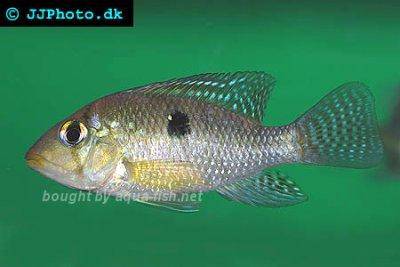

 Thread-finned
Thread-finned  Acara
Acara 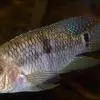 Yellow
Yellow 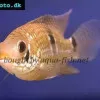 Patrick's
Patrick's  Blue
Blue 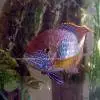 Green
Green  Acara
Acara  White
White  Compressed
Compressed 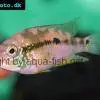 Pastel
Pastel 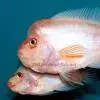 Midas
Midas 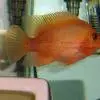 Red
Red 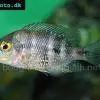 Bluemouth
Bluemouth  False
False  African
African 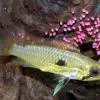 Agassiz's
Agassiz's  Banded
Banded  Yellow
Yellow 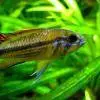 Cockatoo
Cockatoo 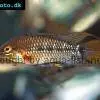 Blue
Blue  Blackstripe
Blackstripe 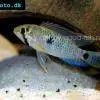 Highfin
Highfin 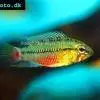 Redstripe
Redstripe  Threadfinned
Threadfinned 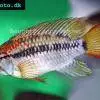 Macmaster’s
Macmaster’s 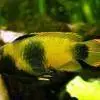 Panda
Panda 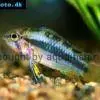 Norbert’s
Norbert’s 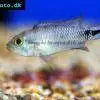 Blue
Blue 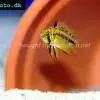 Thin-line
Thin-line 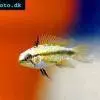 Three-striped
Three-striped  Viejita
Viejita  Flier
Flier 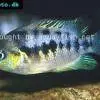 Archocentrus
Archocentrus 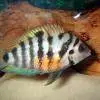 Convict
Convict 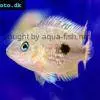 Seven
Seven 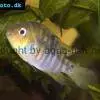 Blue-eye
Blue-eye 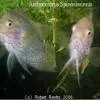 Spiny
Spiny  Oscar
Oscar 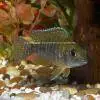 Sunshine
Sunshine 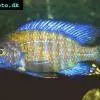 Chitande
Chitande  Firebird
Firebird 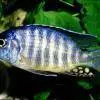 Midnight
Midnight 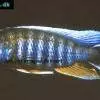 Lake
Lake  Sunshine
Sunshine 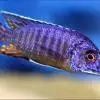 Aulonocara
Aulonocara 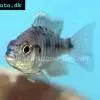 Nyasa
Nyasa  Ruby
Ruby  Grants
Grants 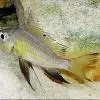 Aulonocranus
Aulonocranus 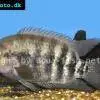 Chameleon
Chameleon 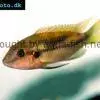 Benitochromis
Benitochromis  Orinoco
Orinoco 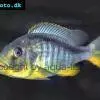 Yellow
Yellow  Brichard’s
Brichard’s 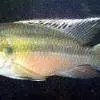 Guenther’s
Guenther’s 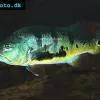 Cichla
Cichla 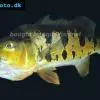 Peacock
Peacock 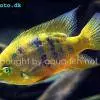 Chiseltooth
Chiseltooth 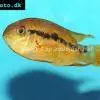 Bolivian
Bolivian 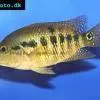 Red
Red 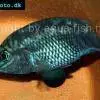 Many-pointed
Many-pointed  Jack
Jack 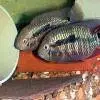 Red
Red  Yellow
Yellow 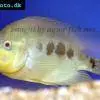 Three
Three 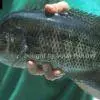 Mayan
Mayan 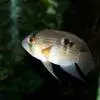 Keyhole
Keyhole  Azureus
Azureus 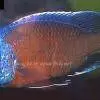 Red
Red 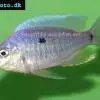 Jackson’s
Jackson’s  Crenicichla
Crenicichla  Honduran
Honduran 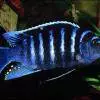 Afra
Afra  Frontosa
Frontosa  Slender
Slender  Malawi
Malawi  Chequerboard
Chequerboard  Checkerboard
Checkerboard 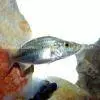 Malawi
Malawi  Ectodus
Ectodus 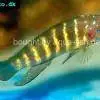 Tanganyika
Tanganyika  Canara
Canara 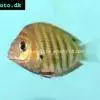 Green
Green 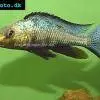 Rostratus
Rostratus  Geophagus
Geophagus  Yellowhump
Yellowhump 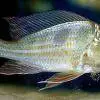 Suriname
Suriname  Redhump
Redhump 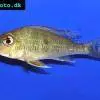 Red
Red  Dority’s
Dority’s 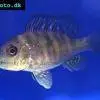 Argentine
Argentine 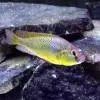 Burton’s
Burton’s  Victoria
Victoria  Haplochromis
Haplochromis 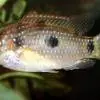 Jewel
Jewel 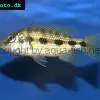 Banded
Banded  Lifalili
Lifalili 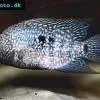 Lowland
Lowland 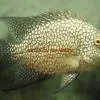 Texas
Texas 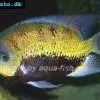 Pantano
Pantano 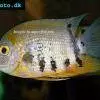 Severum
Severum 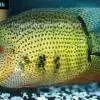 Banded
Banded  Severum
Severum  Rainbow
Rainbow  Parrot
Parrot  Chocolate
Chocolate 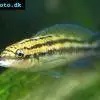 Brown
Brown 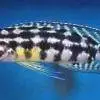 Marlieri
Marlieri  Golden
Golden 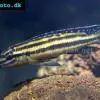 Striped
Striped  Masked
Masked 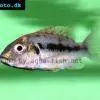 Konye
Konye 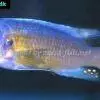 Blue
Blue 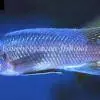 Trewavas
Trewavas  Electric
Electric  Dwarf
Dwarf 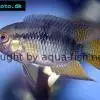 Redbreast
Redbreast  Lamprologus
Lamprologus  Gold
Gold 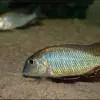 Greenface
Greenface 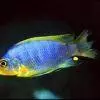 Aurora
Aurora  Blue
Blue  William’s
William’s 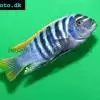 Zebra
Zebra 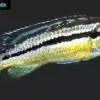 Malawi
Malawi 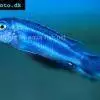 Blue
Blue  Blue
Blue 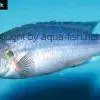 Mbuna
Mbuna 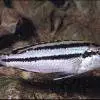 Parallel
Parallel 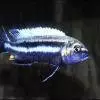 Purple
Purple 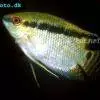 Flag
Flag 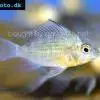 Bolivian
Bolivian 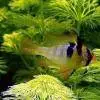 Ram
Ram 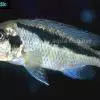 Basket
Basket  Haitian
Haitian 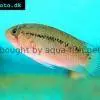 Zebra
Zebra 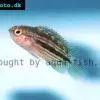 Striped
Striped 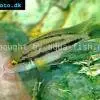 Neolamprologus
Neolamprologus 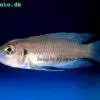 Brevis
Brevis  Fairy
Fairy 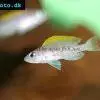 Neolamprologus
Neolamprologus 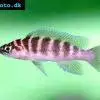 Cylindricus
Cylindricus 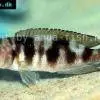 Hecq’s
Hecq’s  Neolamprologus
Neolamprologus  Lemon
Lemon  Mustax
Mustax  Daffodil
Daffodil  Six-bar
Six-bar 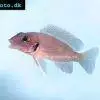 Five-bar
Five-bar  Marbled
Marbled 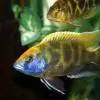 Giraffe
Giraffe 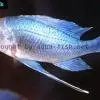 Blue
Blue  Sulphurhead
Sulphurhead 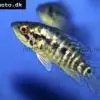 Wolf
Wolf  Jaguar
Jaguar 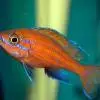 Blue
Blue  Marakeli
Marakeli 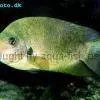 Madagascar
Madagascar  Pinstripe
Pinstripe  Pelmatochromis
Pelmatochromis 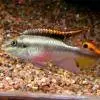 Kribensis
Kribensis  Striped
Striped 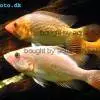 Red
Red 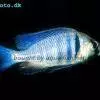 Deepwater
Deepwater 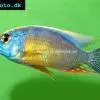 Fenestratus
Fenestratus  Nichols’
Nichols’ 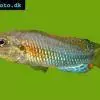 Southern
Southern  Bumble
Bumble 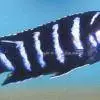 Demason’s
Demason’s  Slender
Slender 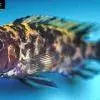 Red
Red  Mbuna
Mbuna 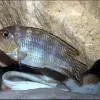 Malawi
Malawi  Kenyi
Kenyi 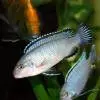 Powder
Powder 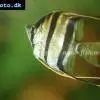 Altum
Altum  Angelfish
Angelfish  Angelfish
Angelfish  East
East  Juba
Juba  Earth
Earth 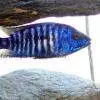 Electric
Electric  Azure
Azure 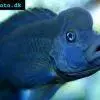 Lionhead
Lionhead  Discus
Discus  Blue
Blue 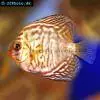 Zebra
Zebra 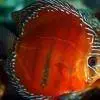 Red
Red 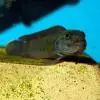 Brichard’s
Brichard’s 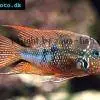 Blue
Blue  Firemouth
Firemouth 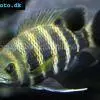 Zebra
Zebra 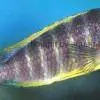 Blue
Blue 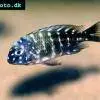 Dwarf
Dwarf 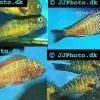 Blunthead
Blunthead 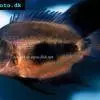 The
The 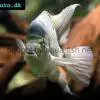 White
White 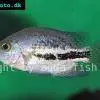 Twoband
Twoband 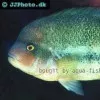 Fenestratus
Fenestratus 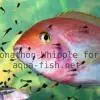 Window
Window  Southern
Southern  Tailbar
Tailbar  Black
Black 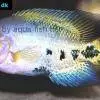 Redhead
Redhead 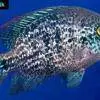 Oaxaca
Oaxaca  Xenotilapia
Xenotilapia